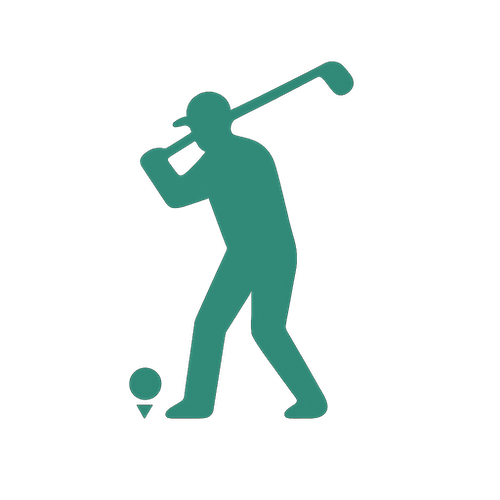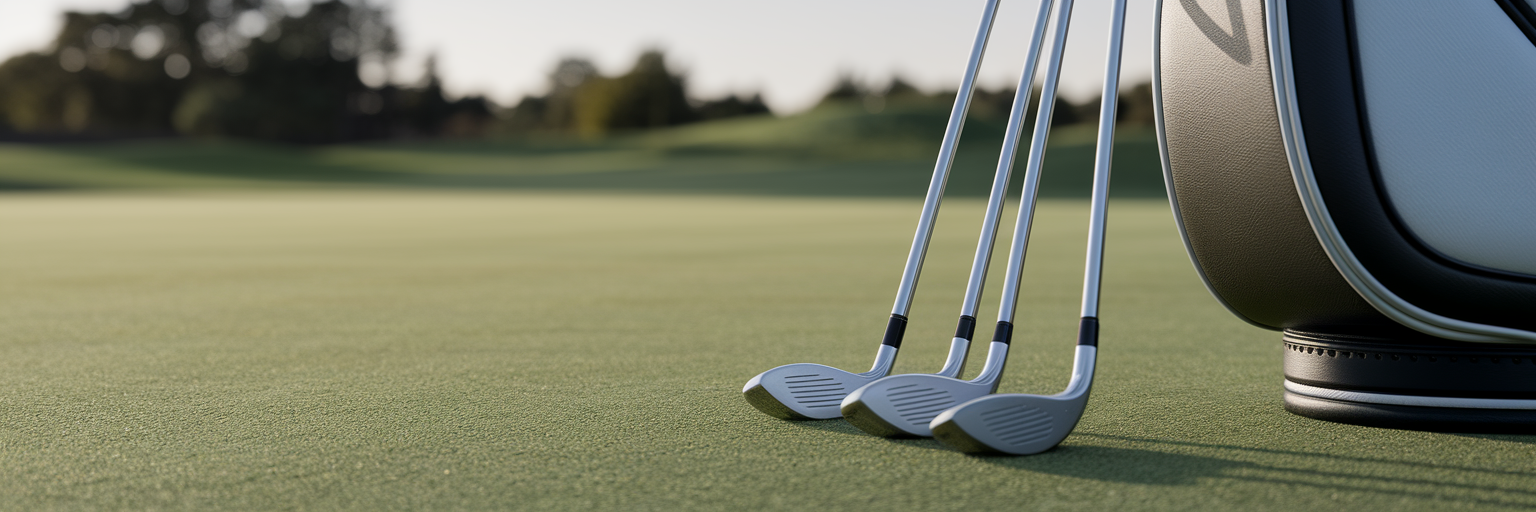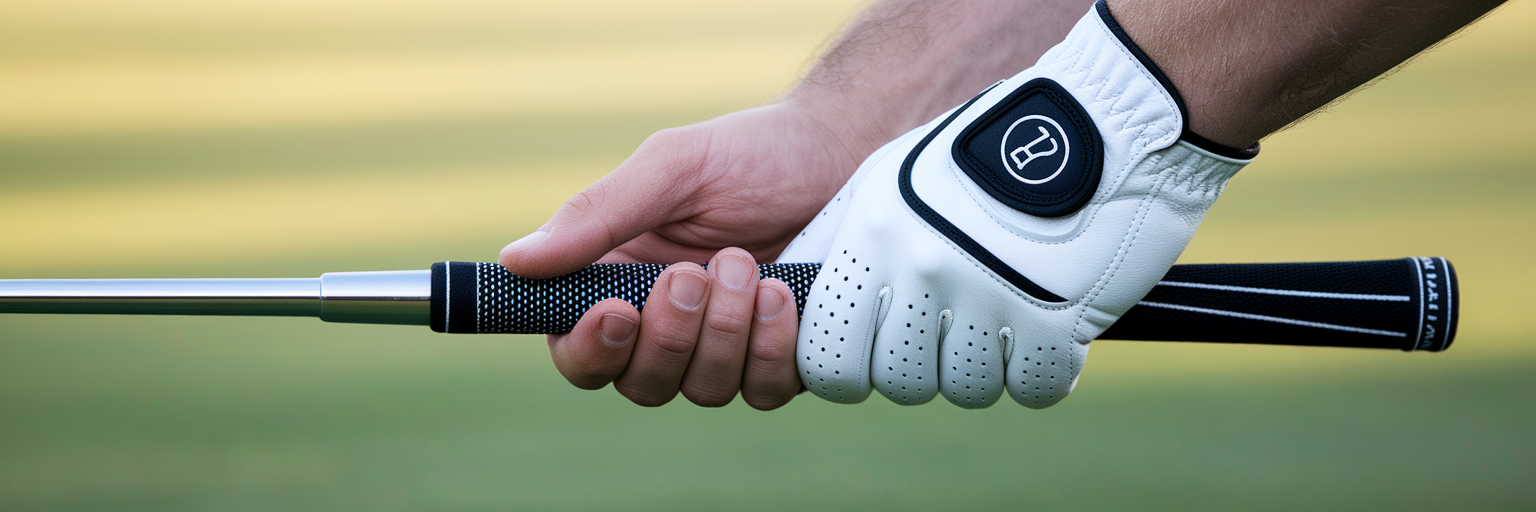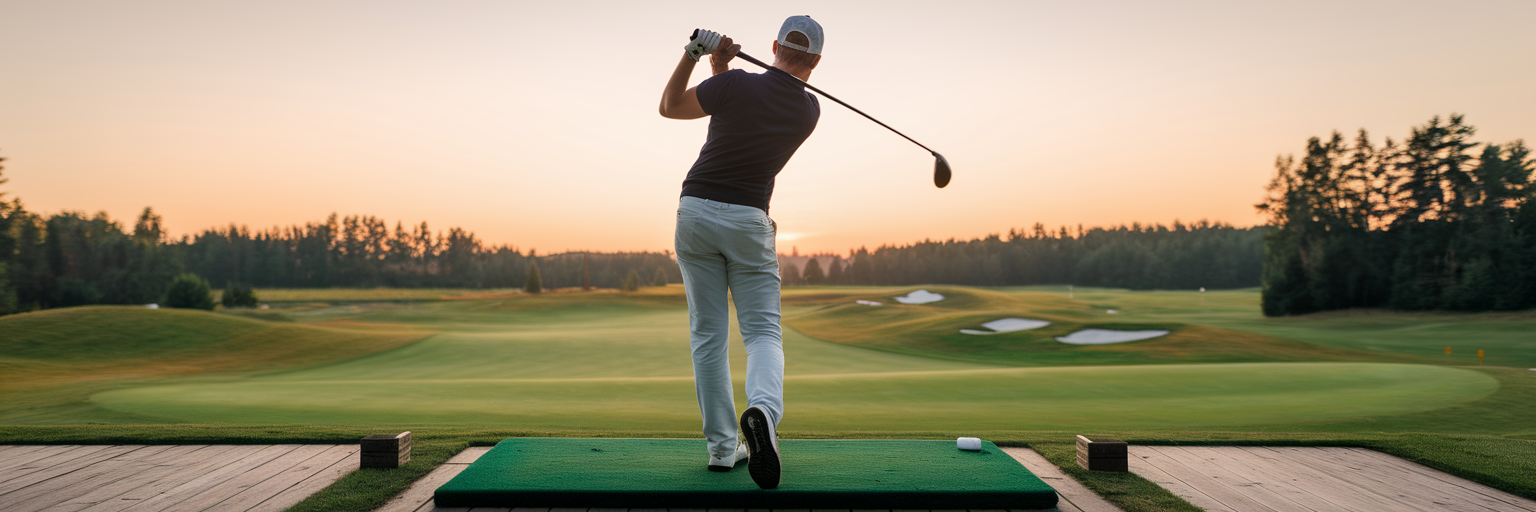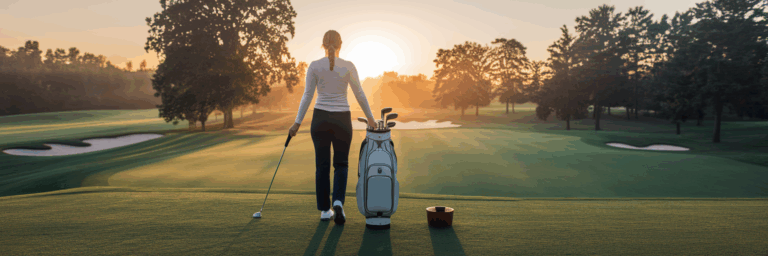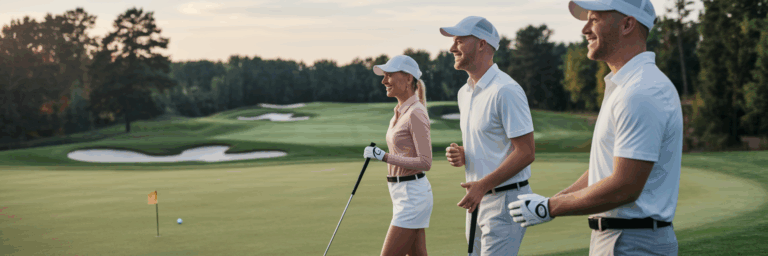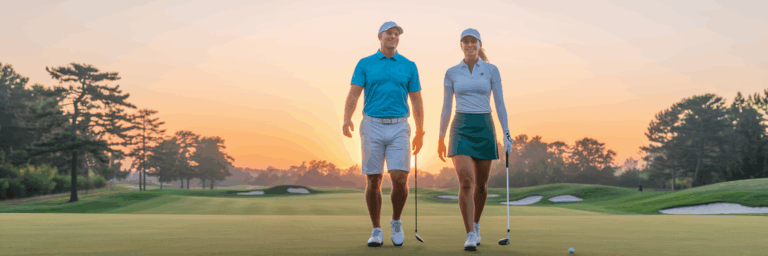How to Choose Your First Golf Equipment
Starting Your Golf Journey with the Right Gear
Walking into a golf shop for the first time can feel like stepping into a different world. Rows of shiny clubs, technical terms, and a huge range of prices can be intimidating. But this is not a barrier, it is the exciting first step of your new adventure. This guide is here to remove the confusion and help you feel confident about how to choose golf clubs that are right for you.
Having the right equipment from the start makes the process of learning how to play golf far more enjoyable. Instead of fighting against clubs designed for professionals, you will have tools that support your progress. We will walk you through what makes a club beginner friendly, whether you need a full set or just a few clubs, and exactly what to look for in your first driver, irons, and putter.
The Key to Confidence: Understanding 'Forgiveness'
You will hear the word forgiveness a lot when looking at beginner clubs, and it is the single most important concept to understand. Forgiveness simply means the club is designed to help you get a decent result even when you do not hit the ball perfectly. Think of it like a large tennis racket versus a small one. The larger racket has a bigger "sweet spot," making it easier to get the ball over the net, even if your timing is slightly off. Forgiving golf clubs work the same way.
Every club has a sweet spot, the ideal point of contact for maximum power and accuracy. Forgiving clubs are designed with a larger sweet spot. You can spot them by their physical traits, like larger club heads and wider soles, the bottom part of the club that glides along the turf. In irons, this is achieved through a design called a cavity-back, where weight is moved to the perimeter of the club head. This perimeter weighting makes the club more stable on impact, so even if you hit the ball toward the toe or heel, it is less likely to twist in your hands. The result is straighter, more consistent shots, which builds confidence and reduces frustration. These are the best golf clubs for forgiveness because they help you enjoy the game while you learn.
Full Package Set or Half Set? Making the Smart Choice
When buying your first clubs, you will face two main options: a complete package set or a smaller starter "half set." A full package set, which usually includes 10 to 14 clubs and a bag, offers great convenience and value. These sets are designed by brands specifically for new players, so you can be sure every club is forgiving and they all work well together. It is a simple, all in one solution to get you on the course quickly.
However, many coaches recommend a different approach: starting with a half set. While it might seem counterintuitive, having fewer clubs can actually speed up your learning. With only five to seven clubs, you are not overwhelmed by choice on every shot. Instead, you focus on mastering the fundamentals with a few essential tools. This approach simplifies decision making on the course and encourages you to learn how to hit different types of shots with the same club. A great beginner golf club set to build yourself would include:
- A forgiving driver
- A versatile mid-iron (like a 7-iron)
- A high-loft iron (like a 9-iron)
- A sand wedge
- A putter
This minimalist setup provides everything you need to learn the game without the clutter of clubs you are not ready for yet.
| Factor | Full Package Set (10-14 Clubs) | Half Set (5-7 Clubs) |
|---|---|---|
| Learning Curve | Can be overwhelming with too many choices | Simplifies learning by focusing on fundamentals |
| Convenience | All-in-one purchase, ready to play | Requires selecting individual clubs or a smaller set |
| Initial Cost | Higher upfront investment | More budget-friendly starting point |
| Skill Development | Encourages trying different shots early | Promotes mastery of essential clubs first |
Note: This table compares the two most common starting points for new golfers. The choice depends on individual budget and learning preference, though many coaches recommend a half set to build a strong foundation.
A Closer Look at Your Essential Clubs
Now that you understand the importance of forgiveness, let’s look at what golf clubs to buy for a beginner. Whether you choose a package set or build your own, these are the features to look for in your essential clubs.
Your First Driver: Go for Loft and a Large Head
The driver is often the most intimidating club, but it does not have to be. Look for a driver with a large, 460cc head, which is the maximum size allowed. This gives you the biggest possible face to hit the ball. Also, opt for a higher loft, which is the angle of the clubface. A loft of 10.5 degrees or more will make it much easier to get the ball airborne and can help reduce slice, a common miss for new players.
Your First Irons: Choose Cavity-Backs for Stability
For your irons, you want "cavity-back" designs. Unlike the sleek, thin "blade" irons used by professionals, cavity-backs have a hollowed out section at the back. This design allows weight to be distributed around the perimeter of the club head, creating that stability and forgiveness we talked about earlier. As noted in reviews from publications like Golf Monthly, modern beginner clubs feature larger heads and thicker top lines to inspire confidence and improve consistency.
Your First Wedge: The Versatile Sand Wedge
You will eventually have several wedges, but to start, the Sand Wedge (SW) is your most versatile friend. Typically with around 56 degrees of loft, it is not just for getting out of sand bunkers. It is also perfect for short chip shots around the green and high, soft shots that need to stop quickly. It is the one wedge that can handle multiple situations as you learn.
Your First Putter: Why a Mallet is Your Best Friend
There are two main styles of putter: the traditional, thin "blade" and the larger "mallet." For a beginner, a mallet putter is almost always the better choice. Its larger head is more stable, so it is less likely to twist on off-center putts. Mallet putters also often feature clear alignment lines that help you aim correctly, giving you one less thing to worry about on the green.
Don't Overlook Shafts and Grips
The club head gets most of the attention, but the shaft and grip are just as important for a beginner. The shaft is the engine of the club, and its "flex" determines how much it bends during your swing. Most beginners have slower swing speeds, so a more flexible shaft is better. Look for a "Regular" or "Lite/Senior" flex. This will help you generate more clubhead speed and get the ball in the air more easily. Most beginner sets come with graphite shafts in the driver and woods, which are lighter than steel and help increase speed. Graphite is also a great choice for irons, as it helps absorb vibrations on mishits, making them feel less harsh.
The grip is your only connection to the club, so it needs to feel right. A grip that is too thin or too thick can cause you to hold the club too tightly, restricting your swing. For most beginners, a standard size grip is the perfect starting point. It should feel comfortable and secure in your hands without requiring you to squeeze it hard. When you are testing clubs, pay attention to how the grip feels. It should feel natural and give you a sense of control.
Budgeting for Your First Set Without Breaking the Bank
Golf has a reputation for being expensive, but getting started does not have to be. There are many excellent, affordable golf clubs for beginners that provide all the technology you need to learn and enjoy the game. A complete, high quality beginner package set can often be found for under $500, which is a fantastic value considering it includes a driver, irons, wedges, a putter, and a bag.
While you can find used clubs for less, buying a new beginner set is often a safer choice. It guarantees you are getting modern forgiveness technology and that all the clubs are the correct length and flex for a new player. You do not need to spend a fortune to get started. On community forums like Reddit's r/GolfSwing, new players often share positive experiences with budget friendly options, with one user mentioning their first set "gets the job done and I'm hitting consistently straight most the time."
Your Final Check: Feel Confident in Your Choice
You are now equipped with the knowledge to make a great choice. If you can, visit a golf store or driving range to hold a few clubs. But do not feel pressured to find the "perfect" one. A standard beginner set is designed to work well for most new players. Before you buy, run through this simple checklist:
- Does the set prioritize forgiveness? Look for cavity-back irons and a large, high-lofted driver.
- Does it include the essential clubs? Make sure you have a driver, a few irons, a wedge, and a putter.
- Is the shaft flex right for a beginner? A "Regular" or "Lite" flex is ideal.
- Does it fit my budget? Stick to a price that feels comfortable for you.
The best set of clubs is the one that makes you feel excited to get out on the course. Remember, the goal is to have fun and make progress. The right equipment is simply a tool to help you on your journey as you learn how to play golf.
